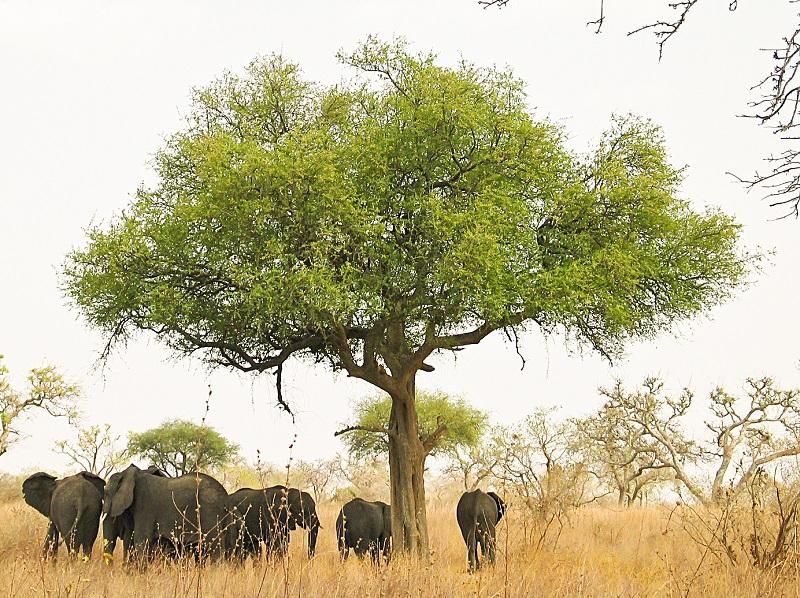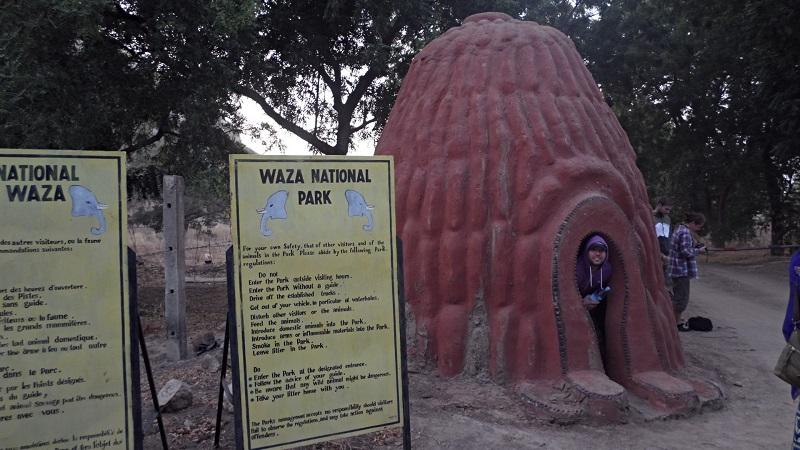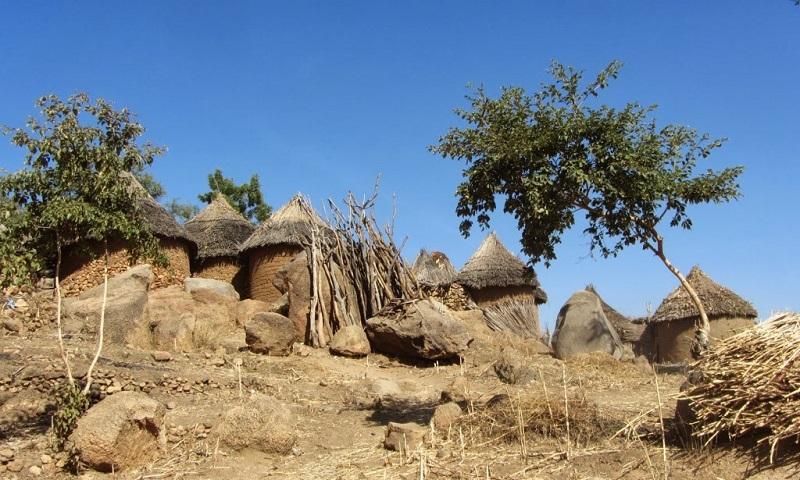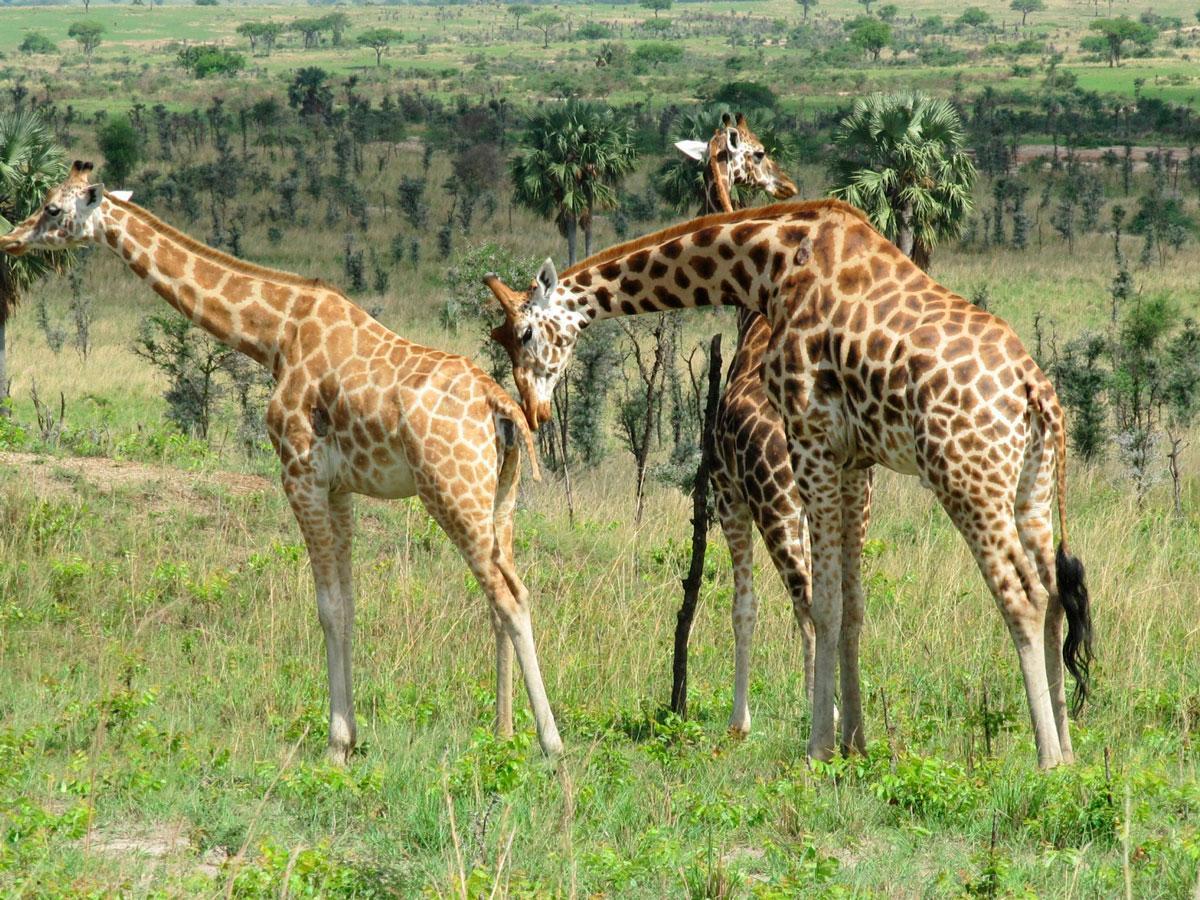Waza National Park, one of Cameroon’s most prominent protected areas, spans around 1,700 square kilometers in the Far North Region. Established in 1934, the park originally served as a hunting reserve but gained national park status in 1968 to protect its diverse wildlife and savanna ecosystems.
Known for its expansive landscapes and unique biodiversity, Waza offers visitors a rare opportunity to experience the varied flora and fauna of the Sahel-Sudano region. As one of West Africa’s most acclaimed parks, it attracts travelers with its thriving populations of elephants, giraffes, and lions, alongside diverse bird species. Due to its remote location near the Chad border, Waza National Park provides an authentic African safari experience away from the crowds.
Please Download Our Mobile App here
Overview of Waza National Park
Waza National Park is characterized by its mix of savanna grasslands, acacia forests and floodplains, providing habitats for various species adapted to the dry tropical climate. The park lies within the Sudano-Sahelian zone, meaning it experiences a semi-arid climate with distinct wet and dry seasons.
The diverse terrain supports wildlife populations that include over 30 species of mammals, such as elephants, cheetahs and antelopes. Birdlife in Waza is equally impressive, with over 379 documented bird species, including the kori bustard and ostrich.
Waza is also known for its conservation efforts, though it faces challenges from illegal hunting and habitat degradation. These ecosystems are critical for biodiversity, making the park a vital area for Cameroon’s conservation efforts.
Wildlife in Waza National Park

Waza National Park’s wildlife makes it a remarkable destination for nature enthusiasts. Lions are among the park’s most iconic residents, and Waza is one of the last strongholds for lions in West Africa. The park also hosts large elephant herds, especially during the dry season when they congregate around watering holes.
Other animals include giraffes, leopards, and cheetahs, as well as smaller species like warthogs and jackals. The diverse mammal population is complemented by a wide range of birds; notable species include the marabou stork, Abyssinian ground hornbill, and northern carmine bee-eater. This extensive biodiversity makes Waza a focal point for ecotourism, conservation and research, drawing visitors interested in West Africa’s natural beauty.
Best time to Visit Waza National Park
The best time to visit Waza National Park is during the dry season, from November to April, when temperatures are cooler. Here animals are easier to spot as they gather near water sources. During this season, temperatures range from 20°C to 30°C, providing a more comfortable experience for safaris.
The wet season, which occurs from May to October, brings intense rainfall that can make roads impassable, limiting access to certain areas of the park. Additionally, wildlife disperses into the denser vegetation during the wet season, making sightings more challenging. Planning a visit in the dry season maximizes the chances of observing the park’s abundant wildlife in their natural habitats.
Getting to Waza National Park

Waza National Park is accessible by road from Maroua, the nearest major town, roughly 120 kilometers away. Most visitors arrive in Maroua by air, as the town has an airport with connections to Yaoundé and Douala.
From Maroua, you can hire 4×4 vehicles or join guided tours to reach the park. Although the journey can be rugged, the drive through Cameroon’s northern landscape offers scenic views and glimpses of local culture.
It is advisable to travel with a local guide or as part of an organized tour for safety and convenience, given the park’s remote location. You should plan for an early morning start to make the most of their time in the park.
Other Activities in Waza National Park
Waza National Park offers a range of activities to enhance the safari experience. Game drives are popular and allow visitors to explore the park’s open plains, where they can observe wildlife in their natural habitats.
Early morning or late afternoon drives are ideal for spotting lions, elephants, and giraffes as they roam the savanna. Birdwatching is another prominent activity, as the park hosts a wealth of bird species that attract enthusiasts worldwide.
Photography tours are also offered, providing unique opportunities to capture the stunning landscapes and wildlife. Some tours include cultural visits to nearby villages, where you can experience the customs of the local Fulani and Kanuri communities. Guided nature walks, though limited to certain areas, allow a closer connection to the park’s flora and smaller fauna.
Park Fees in Waza National Park

Entrance fees for Waza National Park vary depending on visitor nationality and activities chosen. For international visitors, fees are generally around 10,000 XAF (about $17) per adult, while Cameroonian nationals may pay a reduced rate. Additional charges apply for guided safaris and specific activities such as birdwatching tours, which may range from 5,000 to 15,000 XAF.
Photography permits are also required for professional cameras, with an added cost of about 5,000 XAF. These fees contribute to conservation and management efforts in the park, ensuring that Waza’s natural heritage is preserved for future generations.
FAQs
Is it safe to visit Waza National Park?
Yes, Waza National Park is generally safe to visit, though it is advisable to go with a local guide or tour operator due to its remote location and rugged terrain.
Are there accommodations in Waza National Park?
There are no accommodations within the park itself, but options are available in Maroua, where visitors can find hotels and lodges before making the journey to Waza.
Can I go on a night safari in Waza National Park?
Night safaris are generally not permitted in Waza due to safety concerns and conservation policies, but early morning and late afternoon drives offer optimal wildlife viewing.
Conclusion
Waza National Park stands out as one of Cameroon’s premier wildlife destinations, offering a captivating glimpse into the Sahel-Sudano ecosystem and its remarkable biodiversity.
Waza not only offers unforgettable wildlife encounters but also supports crucial conservation efforts that protect its delicate ecosystems. A visit to Waza National Park is a journey into one of Africa’s last untamed wildernesses, where nature thrives and adventure awaits.



